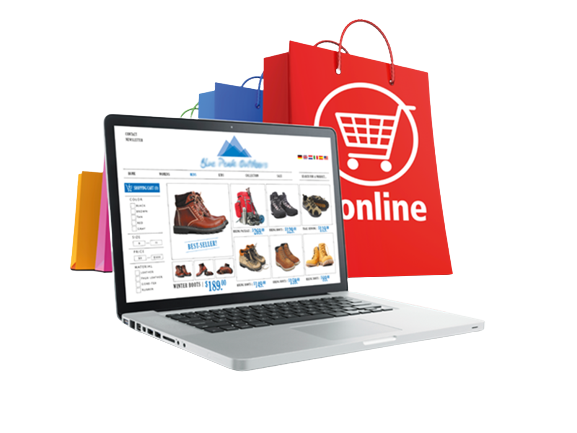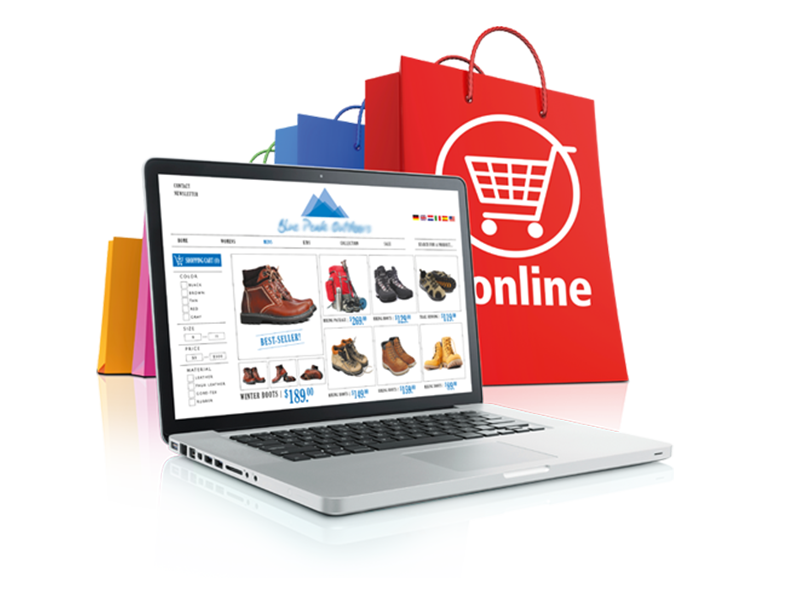Starting on the journey of starting your own e-commerce store in the USA marks the beginning of an exciting entrepreneurial endeavor. In a dynamic market where consumer preferences continuously evolve, establishing a successful online business demands meticulous planning, innovation, and a deep understanding of your audience. This comprehensive guide aims to illuminate the pathway, offering invaluable insights and actionable steps to navigate the complexities of creating and growing your e-commerce venture in the ever-thriving American market.
1. Ideation and Market Research
Identify Your Niche:
Find a niche or product category that aligns with your passion and market demand. Conduct thorough research using tools like Google Trends, Amazon Best Sellers, and social media platforms to understand consumer interests and trends.
Competitive Analysis:
Study competitors within your chosen niche. Identify gaps in the market, understand their strategies, pricing, and customer interactions to refine your unique selling proposition (USP).
2. Business Planning and Legal Considerations
Create a Business Plan:
Outline your business objectives, target audience, product offerings, marketing strategies, and financial projections. A detailed plan serves as a roadmap for your e-commerce venture.
Legal Structure and Compliance:
Choose a business structure (e.g., sole proprietorship, LLC) and register your business as per state regulations. Acquire necessary licenses, permits, and tax IDs to ensure legal compliance.
3. Branding and Product Selection
Brand Development:
Craft a compelling brand identity, including a memorable name, logo, and tagline that resonates with your target audience. Establish brand values and a brand voice that reflects your company ethos.
Product Selection and Sourcing:
Curate or source products that align with your brand and customer preferences. Focus on quality, uniqueness, and market demand while ensuring reliable suppliers or manufacturers.
4. Building Your E-commerce Platform
Choose an E-commerce Platform:
Select a robust e-commerce platform like Shopify, WooCommerce, or BigCommerce. Consider factors like ease of use, customization options, scalability, and integrated marketing tools.
Website Development:
Create an appealing, user-friendly website with high-quality product images, intuitive navigation, secure payment gateways, and mobile responsiveness. Optimize for SEO to enhance visibility.
5. Inventory Management and Logistics
Inventory Planning:
Implement an efficient inventory management system. Consider factors like storage, stock levels, order fulfillment, and supplier relationships to maintain a seamless supply chain.
Shipping and Fulfillment:
Partner with reliable shipping carriers and develop streamlined fulfillment processes. Offer shipping options, track orders, and provide transparent delivery information to customers.
6. Marketing and Customer Acquisition
Digital Marketing Strategy:
Develop a comprehensive marketing plan encompassing SEO, content marketing, social media, email campaigns, influencer collaborations, and paid advertising to reach your target audience.
Customer Engagement:
Foster customer relationships through personalized interactions, exceptional customer service, loyalty programs, and engaging content. Encourage reviews and feedback for social proof.
7. Analytics and Optimization
Performance Tracking:
Use analytics tools like Google Analytics to track website traffic, customer behavior, sales, and conversion rates. Analyze data regularly to make informed decisions and optimize strategies.
Continuous Improvement:
Continuously test and refine your e-commerce store. Implement A/B testing for website elements, optimize product listings, and adapt marketing strategies based on performance metrics.
8. Scaling and Growth Strategies
Expansion Opportunities:
Explore avenues for growth, such as diversifying product lines, entering new markets, partnerships, or launching marketing campaigns targeting a broader audience.
Customer Retention:
Focus on retaining existing customers through ongoing engagement, exclusive offers, loyalty programs, and exceptional service. Satisfied customers can be your most significant advocates.
Starting your own e-commerce store in the USA embodies the spirit of innovation, resilience, and adaptability. As you navigate the multifaceted landscape of online retail, remember that success isn’t merely about launching a store; it’s a journey of evolution, refinement, and customer-centricity. By leveraging strategic planning, robust execution, and a commitment to continuous improvement, you’re not just building an online business; you’re crafting an immersive digital experience that resonates with your audience, propelling your e-commerce venture toward sustainable growth and unparalleled success in the dynamic and competitive American market.



